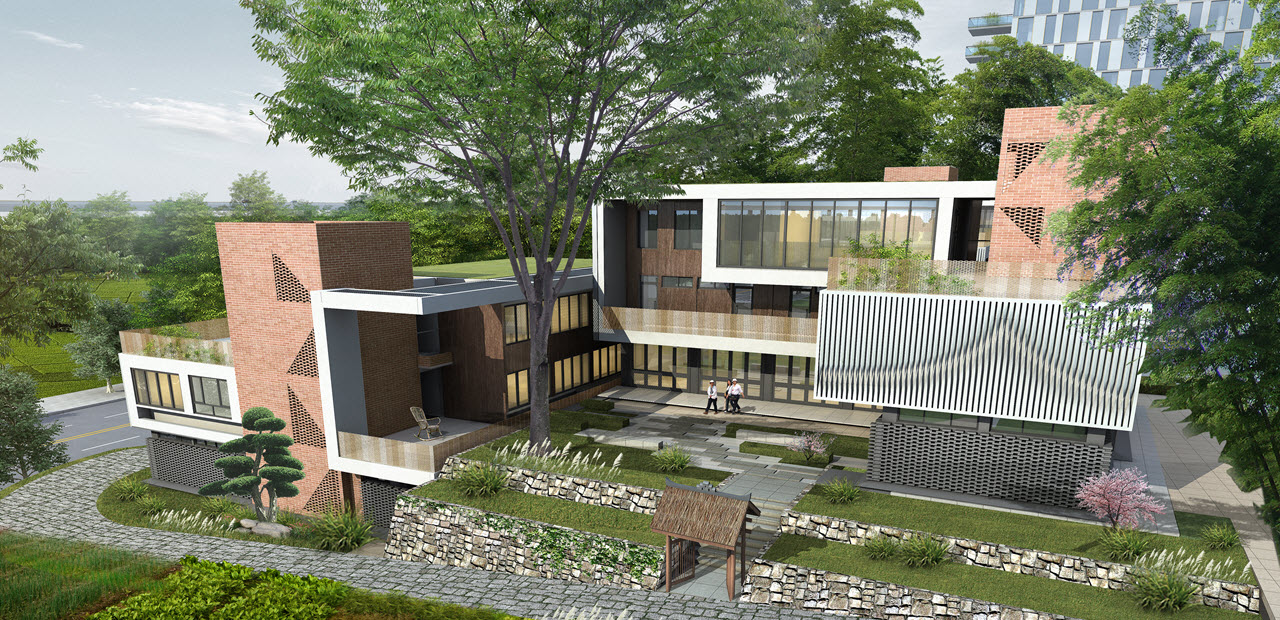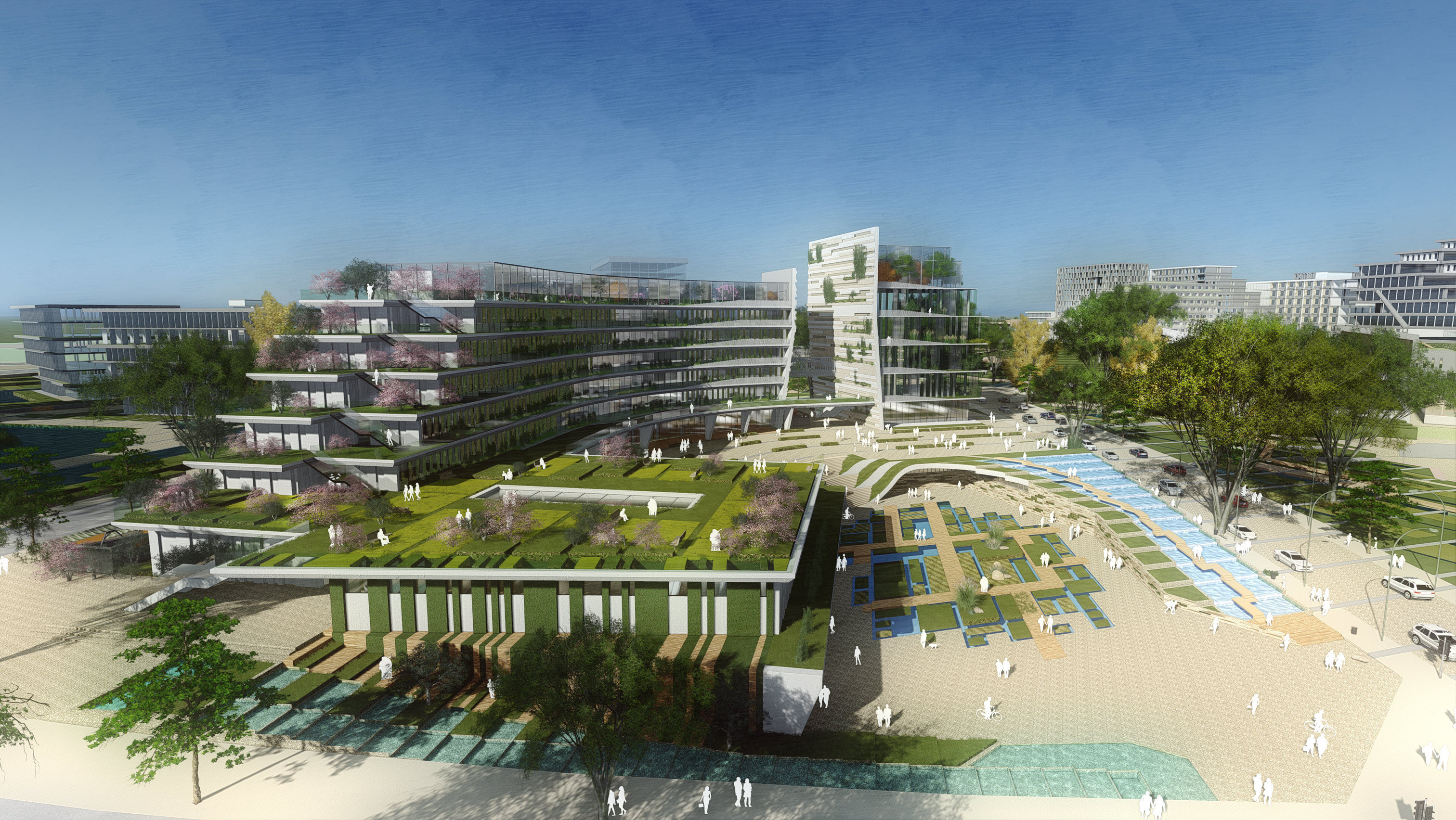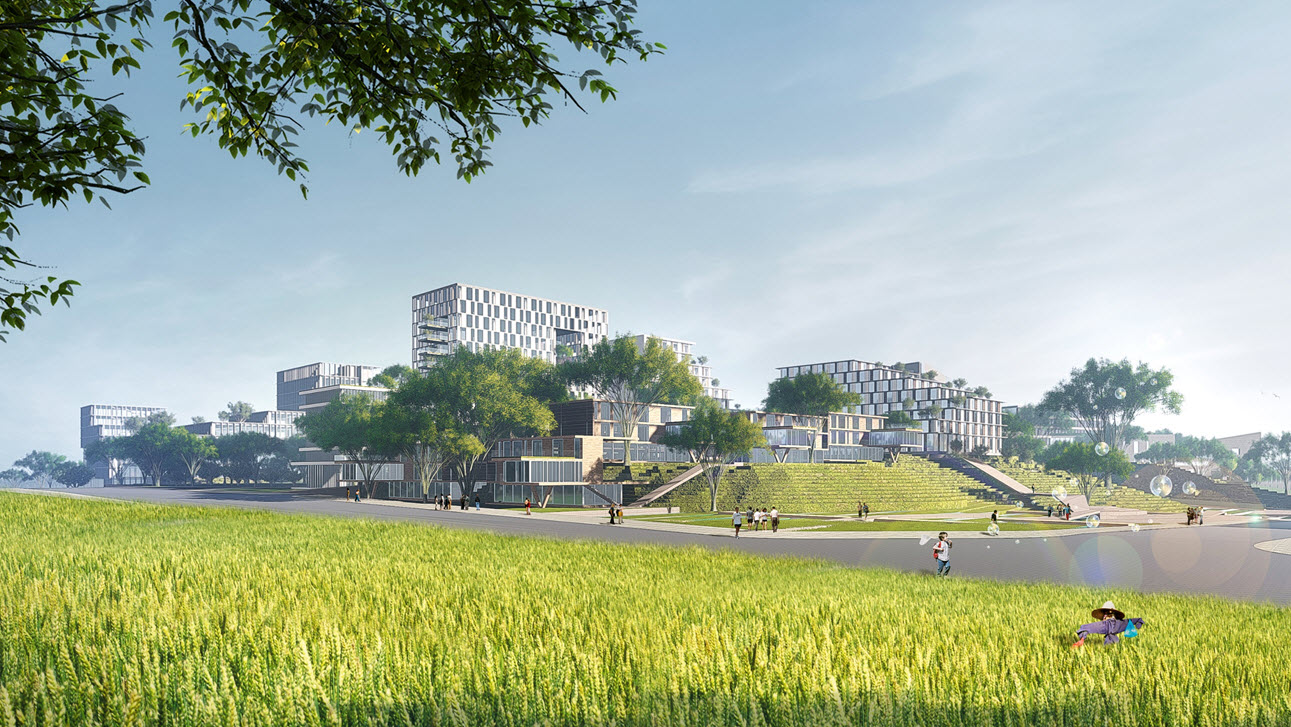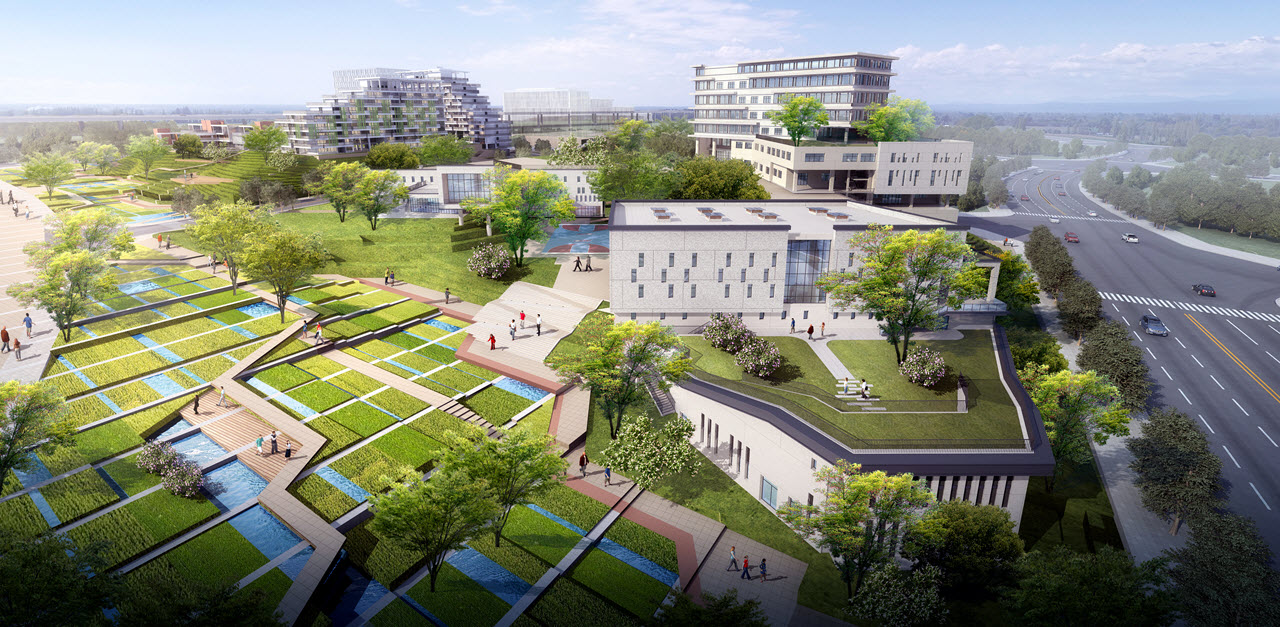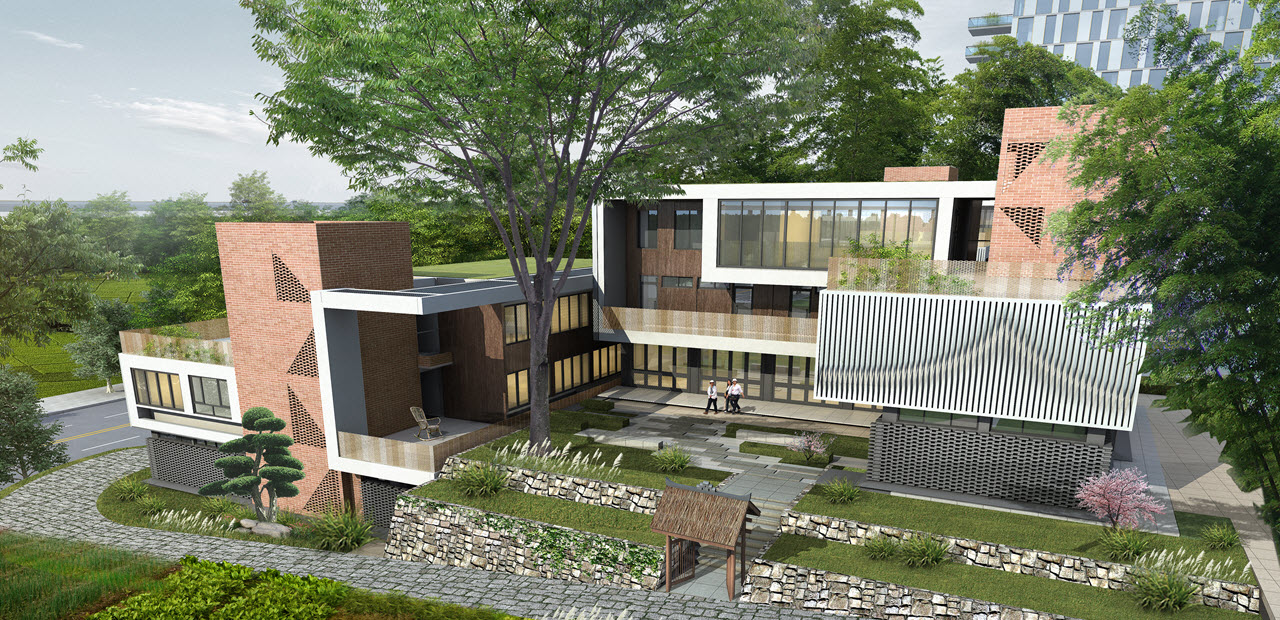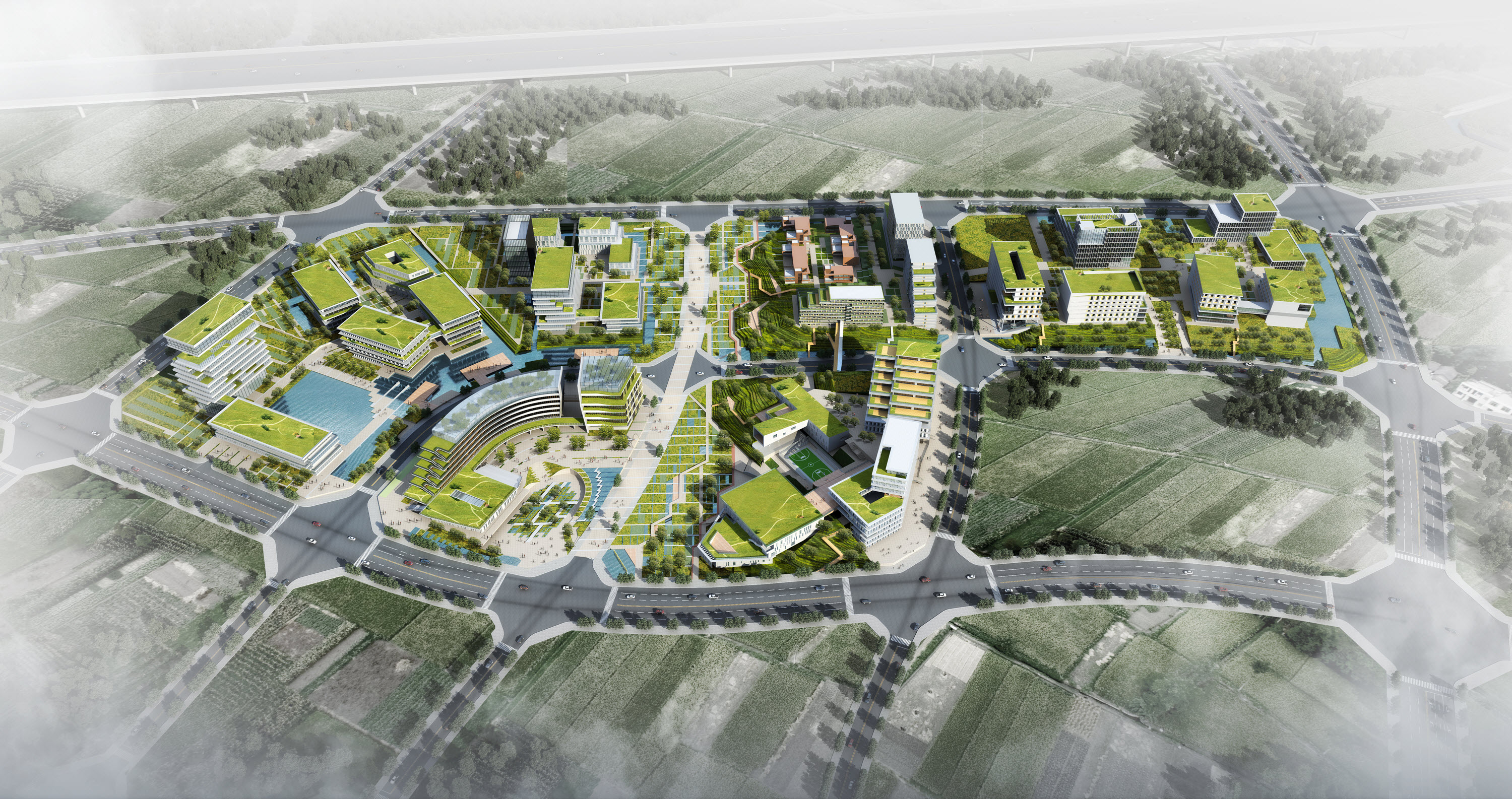当前位置:首页>都市农业研究所>论文专利
论文专利
Zhang Yating, Kaiser Elias, Zhang Yuqi, Zou Jie, Bian Zhonghua, Yang Qichang, Li Tao. UVA radiation promotes tomato growth through morphological adaptation leading to increased light interception. ENVIRONMENTAL AND EXPERIMENTAL BOTANY. DOI: 10.1016/j.envexpbot.2020.104073
来源:ENVIRONMENTAL AND EXPERIMENTAL BOTANY
发布时间:2020-08-26
作者:杨其长(通讯作者)
点击数:
| 标题: |
||||||||
| 作者: Zhang, YT (Zhang, Yating); Kaiser, E (Kaiser, Elias); Zhang, YQ (Zhang, Yuqi); Zou, J (Zou, Jie); Bian, ZH (Bian, Zhonghua); Yang, QC (Yang, Qichang); Li, T (Li, Tao) | ||||||||
| 来源出版物: |
||||||||
| 影响因子 (2019 年): 4.027 | ||||||||
| 摘要: UVA radiation (315 - 400 nm) is the main component of solar UV radiation. Although it shares photoreceptors (i.e. cryptochromes and phototropins) with blue light (400-500 nm), its function in plant biology is unclear to a large extent. This study aimed at exploring how UVA radiation affects plant morphology and physiology, and at distinguishing to what extent these effects differ from those of blue light. Tomato plants were grown under monochromatic red (R), dichromatic red and blue (R/B = 7:1), as well as red and two different levels of UVA radiation (R/UVA = 7:1 and 15:1, respectively), with identical photon flux density (250 mu mol.m(-2).s(-1)). Peak intensities of UVA, B and R were 370, 450 and 660 nm, respectively. We showed that replacing blue by UVA (in a background of red light) induced plant morphological modifications, as reflected by larger leaf area, steeper leaf angles, flatter leaves and longer stems. UVA had reduced effects on leaf secondary metabolism compared to blue light, resulting in significantly lower total phenolics and flavonoid contents, as well as concentrations of UV-absorbing compounds. In addition, UVA had a similar function as blue light in shaping the development of the photosynthetic apparatus, as both wavebands alleviated the 'red light syndrome' (i.e. low photosynthetic capacity, reduced photosynthetic electron transport, and unresponsive stomata). We conclude that: 1) UVA promotes tomato growth through morphological adaptation leading to increased light interception; 2) UVA affects leaf secondary metabolite accumulation less strongly than blue light; 3) UVA functions similarly to blue light in maintaining leaf photosynthetic functioning. Thus, unlike previously suggested, UVA cannot be unequivocally considered as an abiotic stress factor. This research adds to the understanding of plant processes in response to UVA radiation and provides a basis for future recipes for growing plants with artificial light. | ||||||||
| 入藏号: |
||||||||
| 语言: English | ||||||||
| 文献类型: Article | ||||||||
| 作者关键词: UVA radiation; Blue light; Photomorphogenesis; Leaf photosynthesis; Red light syndrome; Phenolics | ||||||||
| KeyWords Plus: SYNTHASE GENE-EXPRESSION; SOLAR ULTRAVIOLET-RADIATION; PLANT-PRODUCTION SYSTEM; BLUE-LIGHT; PHENOLIC-COMPOUNDS; HYPOCOTYL GROWTH; ACTION SPECTRUM; B RADIATION; RED-LIGHT; RESPONSES | ||||||||
| 地址: [Zhang, Yating; Zhang, Yuqi; Zou, Jie; Bian, Zhonghua; Yang, Qichang; Li, Tao] Chinese Acad Agr Sci, Inst Environm & Sustainable Dev Agr, Beijing, Peoples R China. [Kaiser, Elias; Zhang, Yuqi] Wageningen Univ, Dept Plant Sci, Hort & Prod Physiol, Wageningen, Netherlands. [Yang, Qichang] Chinese Acad Agr Sci, Inst Urban Agr, Chengdu 610213, Peoples R China. |
||||||||
| 通讯作者地址: Yang, QC; Li, T (corresponding author),Chinese Acad Agr Sci, Inst Environm & Sustainable Dev Agr, Beijing, Peoples R China. Yang, QC (corresponding author),Chinese Acad Agr Sci, Inst Urban Agr, Chengdu 610213, Peoples R China. |
||||||||
| 电子邮件地址: yangqichang@caas.cn; litao06@caas.cn | ||||||||
| 作者识别号: | ||||||||
|
||||||||
| 出版商: |
||||||||
| 出版商地址: |
||||||||
| Web of Science 类别: Plant Sciences; Environmental Sciences | ||||||||
| 研究方向: Plant Sciences; Environmental Sciences & Ecology | ||||||||
| IDS 号: |
||||||||
| ISSN: |
||||||||
| eISSN: |
||||||||
| 29 字符的来源出版物名称缩写: |
||||||||
| ISO 来源出版物缩写: |
||||||||
| 来源出版物页码计数: |
||||||||
| 基金资助致谢: | ||||||||
|
||||||||
|
This work was financially supported by the National Natural Science Foundation of China (No. 31872955), the National Key Research and Development Program of China (2017YFB0403902), and the Central Public-interest Scientific Institution Basal Research Fund (No. BSRF201911). |



